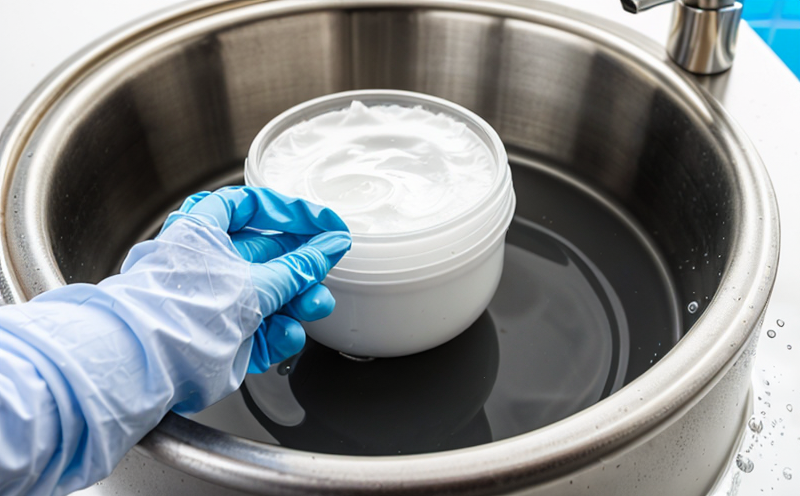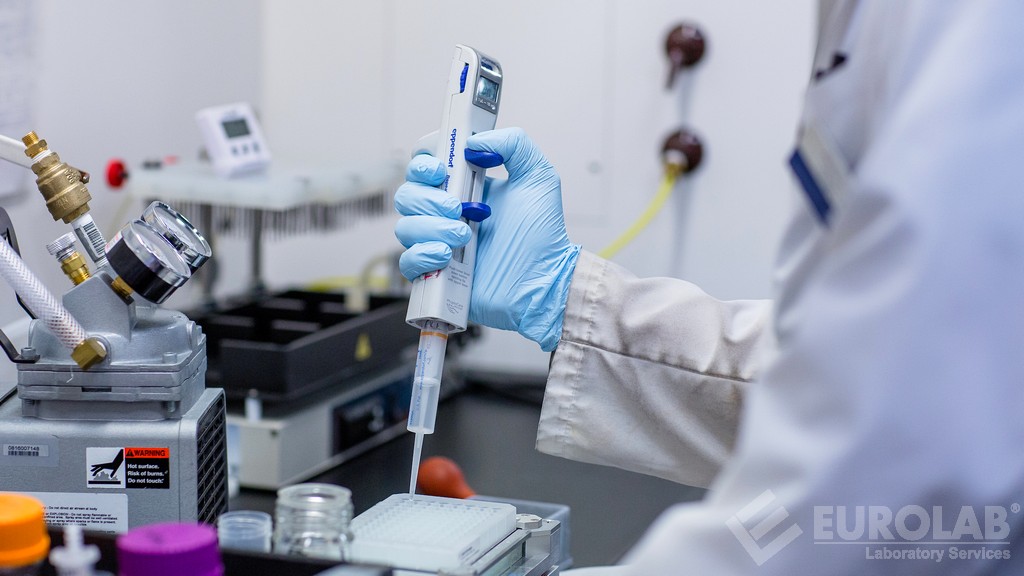ISO 2271 Surfactant Content Testing in Detergents
The ISO 2271 standard specifies a method for determining surfactant content in detergents. This test is crucial for ensuring the quality and performance of cleaning products, as it directly impacts their foaming characteristics, cleaning efficiency, and overall effectiveness.
Surfactants are essential components of detergents due to their ability to reduce surface tension and enhance wetting properties, making them effective in removing dirt and stains. The surfactant content is critical for formulators to achieve the desired product performance while adhering to quality control standards.
ISO 2271 involves a series of steps designed to accurately measure the total surfactant content. This includes dissolving the detergent sample, preparing it for analysis, and then using spectrophotometric techniques to quantify the surfactants present. The method is particularly useful in ensuring that commercial products meet specified surfactant levels.
The process begins with sampling the detergent according to ISO 2271 requirements. Samples must be representative of the product being tested to ensure accurate results. After sampling, the sample is dissolved and prepared for analysis using a standard procedure outlined by the standard. The dissolution step may involve specific solvents or conditions depending on the type of surfactant.
The spectrophotometric method used in this test measures the absorbance of light at specific wavelengths that are characteristic of surfactants. This allows for precise quantification of the surfactant content. The results provide critical data to quality managers, compliance officers, and R&D engineers to ensure product performance meets market requirements.
In real-world applications, ISO 2271 testing is used in various sectors including consumer goods, pharmaceuticals, and industrial cleaning. For instance, in the consumer goods sector, it helps ensure that household detergents meet surfactant content specifications for effective cleaning. In pharmaceutical applications, ensuring correct surfactant levels can be vital for product efficacy.
For R&D engineers, this test is essential for optimizing formulations to achieve desired surfactant levels without compromising on safety or environmental impact. Procurement teams also benefit from ISO 2271 testing as it helps them select suppliers who adhere to the highest standards of quality and consistency.
Scope and Methodology
| Step | Description |
|---|---|
| Dissolution | The detergent sample is dissolved in a solvent suitable for surfactant analysis. |
| Spectrophotometric Analysis | The absorbance of the solution is measured at specific wavelengths to determine surfactant content. |
| Validation | The results are validated against known standards and compared with target specifications. |
The dissolution step ensures that all surfactants in the sample are accessible for analysis. The spectrophotometric method provides a precise measurement of surfactant content, while validation ensures accuracy and reliability.
For detailed steps on how to prepare the detergent sample or interpret results using ISO 2271, please refer to the standard itself or consult with our technical experts.
Why Choose This Test
- Ensures compliance with international standards (ISO 2271).
- Provides precise measurement of surfactant content for quality control.
- Aids in optimizing detergent formulations to meet performance targets.
- Helps maintain consistent product quality across different batches and suppliers.
- Supports sustainable production practices by ensuring efficient use of raw materials.
- Facilitates regulatory compliance, reducing the risk of non-conformance penalties.
The ISO 2271 test is a cornerstone for industries reliant on detergents due to its reliability and accuracy. It ensures that surfactant content in products meets stringent international standards, enhancing product performance and consumer satisfaction.
Environmental and Sustainability Contributions
- The accurate measurement of surfactant content allows for optimized detergent formulations, reducing excess surfactants that could otherwise be harmful to the environment.
- By ensuring consistent surfactant levels, ISO 2271 supports sustainable production practices, promoting efficient use of resources and minimizing waste.
- The test helps in formulating detergents that are less damaging to aquatic ecosystems, as it prevents excessive foaming and surfactant runoff into water bodies.
Through these contributions, ISO 2271 plays a vital role in promoting sustainable development within the chemical testing sector. It ensures that products not only perform well but also contribute positively to environmental conservation efforts.





